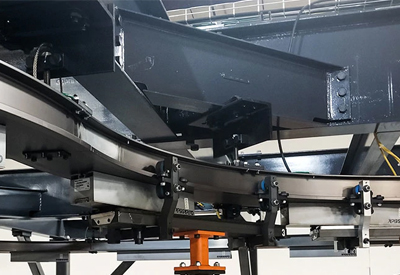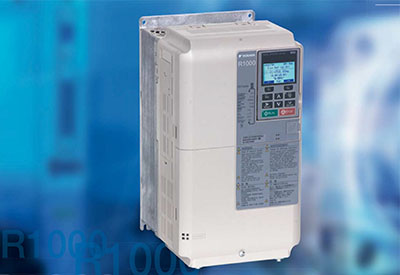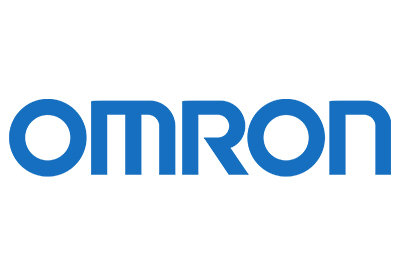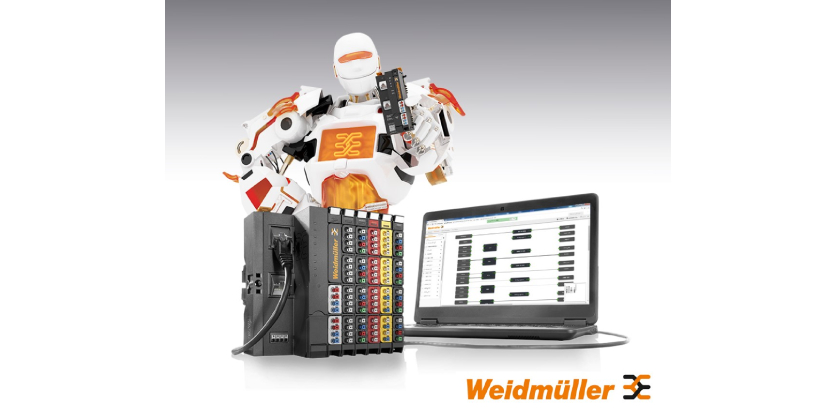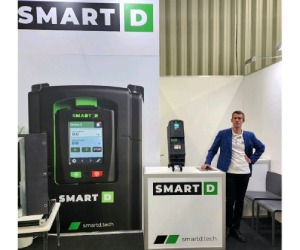Powering Up: How Canadian Innovation is Changing Motor Control
April 2, 2025
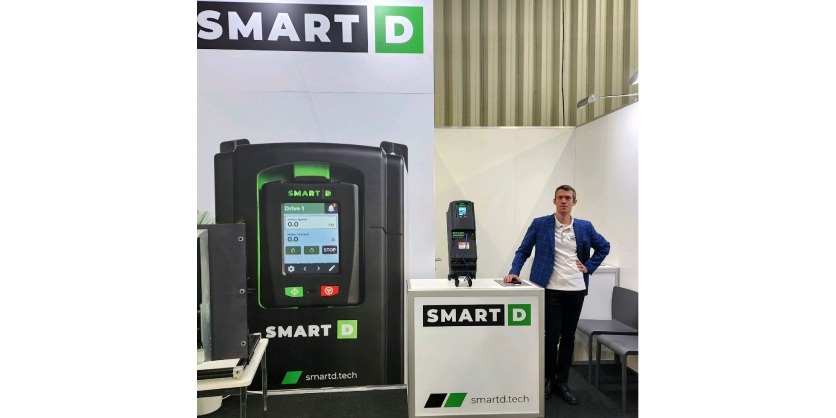
By Krystie Johnston
SmartD Technologies is a Canadian startup company that has created what they say is the world’s first clean power VFD. Industries around the world stand to benefit from their clean sine technology, which eliminates the negative effects of harmonics and pulse-width modulation found in traditional systems. Simon Leblond, CEO and co-founder of SmartD Technologies, discusses how they are navigating the evolving geopolitical environment to manufacture and deliver their product.
Canadian Innovation at the Core
SmartD’s clean power VFD uses silicon carbide (SiC) chips. These groundbreaking materials offer faster switching speeds and lower energy losses than conventional semiconductors. SmartD’s VFDs generate a clean sine wave both on the grid and the load side, eliminating the destructive effects of harmonics on the motors and ancillary equipment. This revolution in motor control with a global impact is proudly a Canadian innovation.
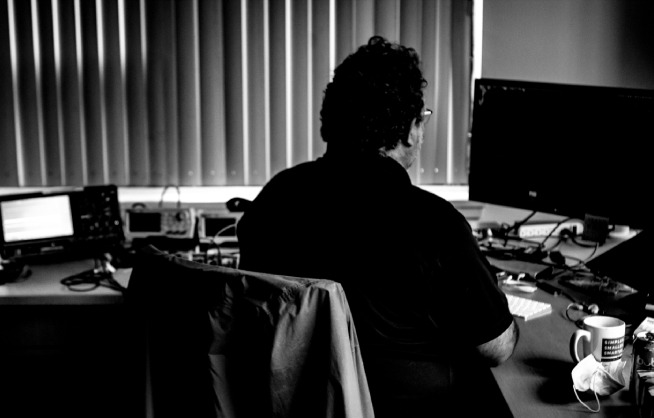
Leblond and his team have collaborated with Canadian institutions from the start. “We collaborated with Montreal universities since the start,” explains Leblond. “Whether it is ÉTS [École de Technologie supérieure] on the power electronics, or Concordia on the motor control. We are very proud to be embedded in the Montreal research ecosystem.”
SmartD started about six years ago, and it is great to see them flourish as they grow in the market. At times, literally knocking out walls of their office to expand when tenants move out. “We have expanded the product power range. We launched the 55 kilowatts at 600 volts in 2024. Now, we are working on a framesize to support up to 110 kilowatts. More models, means more space, more electricity… and more testing!” says Leblond.
A Global Supply Chain
But it isn’t only the growing product range that is requiring more space: the geopolitical landscape has also led Leblond and his team to rethink their supply chain. “Right now, we are doing final assembly of products and testing in our Montreal facility. And we had thought of putting everything offshore,” he says. Instead, SmartD decided to split their supply chain, and have one supply chain go directly to the US, and the other remain in Montreal. “That way, we will maintain the Canadian-Made angle for Canadian customers.”
Leblond acknowledges that the country of origin is a complex question in the world of electronics. “It’s virtually not possible to make an electronic product that is sourced from a single country.” he explains. For the complex product that is SmartD’s VFD, components are sourced from all over the world: some from the USA, some from Europe and others from Asia. It’s literally a case of “Made in Canada, Powered by the World!”
Beyond Canadian considerations, this supply chain split helps SmartD navigate supply and demand more easily. “It’s not just about managing potential tariffs”, explains Leblond. “Having redundant supply chains -one that ships directly to the US without passing through Canada- makes our operations more robust and more resilient to market fluctuations.”
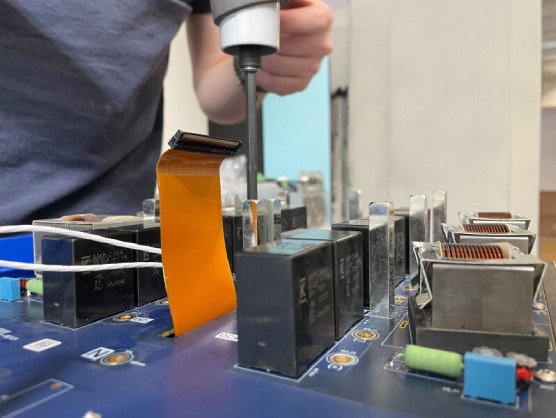
Cross-border dependencies beyond Manufacturing
The growth they are experiencing is fueled by a genuinely innovative product that is challenging the status quo of motor control. Demand has Leblond carefully considering his options for expansion. “For the frame four, we expanded our lab capabilities in Montreal to be able to do a lot of the certification testing in-house,” he explains. “We brought in certified equipment so we can be more autonomous and have more capabilities so we can go faster as we iterate the product.”
Having in-house testing capabilities brings several advantages. It allows SmartD to refine designs faster without being constrained by external lab availability. It also reduces time and costs associated with shipping equipment for testing. While SmartD aims to handle as much testing in-house as possible, some tests remain beyond their reach.
“There are destructive tests where you push 100,000 amps into the product—essentially blowing it up,” says Leblond. “Obviously, we can’t do that in our office, as it requires more power than our entire facility can handle.” Even after searching, SmartD has yet to find any labs in Canada with these capabilities, highlighting one of the limitations of domestic testing infrastructure. These challenges illustrate the deep economic interdependencies between Canada and the U.S. “Cross-border collaboration is a reality—you can’t ignore it,” says Leblond.
Embracing the Journey
Leblond is accustomed to navigating uncharted territories. He has taken the helm and successfully lead other startups in the past, and it is something that excites him. “I think unknown waters are the raison d’être for a startup. SmartD was started because we had this innovation, and we were trying new stuff with Silicon Carbide that just did not exist [yet]. We had to face failures, and update, and optimize. That is the mindset that drives me.”
Leading a startup is demanding—especially in a complex geopolitical environment. Leblond has been doing this for more than 20 years. His advice, and his personal practice, is to surround himself with a team of people that can take on some of the water. “That is the biggest part of my day: thinking about my team and how they are geared up to tackle the problems that come up.”
Challenges are a part of life, and figuring out solutions to solve them is something Leblond and his team at SmartD are up for. They remain laser-focused on expanding their product line and finding the best way to bring their quality products to their customers who need them.
More Information
SmartD recently conducted a webinar where they discussed “Harmonics Behind the Wave: Making Sense of VFD Impacts”. You can watch it to uncover more insights from the SmartD Technologies team.
Related Story
SmartD Challenges the Status Quo of Motor Control with Clean Power VFDs
SmartD technologies is a Canadian startup that has developed what they say is one of the world’s first variable frequency drives (VFD) to produce a clean sine wave both on the grid and the load-side. In this article, Simon Leblond, CEO of SmartD Technologies Inc. discusses their innovative technology and the impact he is seeing it have on the market today.


